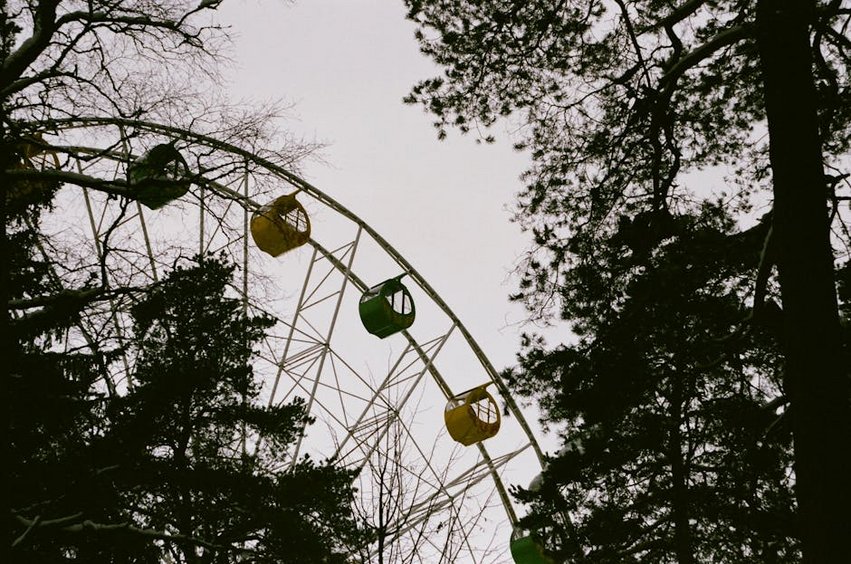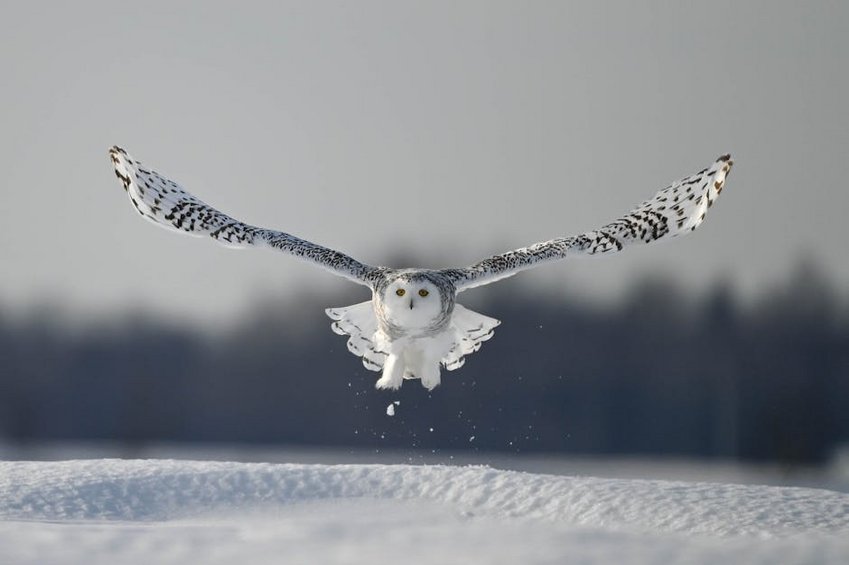Quebec Winter Carnival: Canada’s Iconic Snow Celebration
The Quebec Winter Carnival transforms Quebec City into a magical winter playground each year, drawing visitors from around the globe. This legendary festival spans three weekends in January and February, featuring massive ice palaces, enchanting night parades, and sub-zero temperature adventures. Your guide covers essential planning strategies, must-see attractions, and insider tips for maximizing your Quebec Winter Carnival experience.
Essential Festival Information
The Quebec Winter Carnival began in 1894 and has evolved into North America’s largest winter celebration. Located primarily in Old Quebec’s historic district, the festival utilizes multiple outdoor venues across the Upper and Lower Town areas. February typically delivers temperatures between 14°F (-10°C) and 28°F (-2°C), creating perfect conditions for snow activities.
Official festival dates generally fall between late January and mid-February, aligning with Quebec’s school break period. The event schedule includes daytime family activities and evening entertainment for adult visitors. Advance ticket purchases secure better pricing and guarantee access to popular events.
History and Cultural Significance
The carnival’s origins trace back to French colonial traditions of pre-Lenten celebrations. It was formalized in 1955 to boost winter tourism during Quebec’s coldest months. The event now attracts over 500,000 visitors annually while preserving unique Québécois cultural elements.
- Bonhomme Carnaval serves as the festival’s iconic snowman ambassador, appearing at events and presiding over the Ice Palace
- The canoe race across the frozen St. Lawrence River continues a tradition dating back to the 19th century
- Traditional Quebec folk music and dance performances occur daily at multiple outdoor stages
- Budget travelers can manage with $75-100 daily using hostel accommodations, grocery meals, and selective activity purchases while utilizing free events and public transportation
- Mid-range visitors typically spend $150-250 daily for hotel stays, restaurant meals, full activity passes, and occasional taxi rides between venues
- Luxury experiences range from $300-500 daily featuring premium hotels, fine dining, private tours, and VIP event access with heated seating areas
- Official Quebec Winter Carnival Website
- Quebec City Tourism Authority
Key Events and Activities
The night parade features elaborate floats illuminated against Quebec City’s snowy backdrop. International snow sculpture competitions display breathtaking frozen artworks along the Plains of Abraham. Meanwhile, the ice canoe race challenges teams across the partially frozen St. Lawrence River.
Additional highlights include dog sled demonstrations, snow slides for all ages, and outdoor dance parties. The mascot Bonhomme appears for daily meet-and-greet sessions throughout the festival grounds. Many activities continue regardless of weather conditions.
Location and Venue Details
The main festival activities concentrate in Old Quebec’s historic district, a UNESCO World Heritage site. Secondary venues include the Plains of Abraham and the Port of Quebec area. Most locations sit within walking distance of major hotels and restaurants.
Outdoor stages and activity zones spread across multiple snow-covered plazas and parks. Indoor warming stations provide respite from the cold at strategic intervals. The Ice Palace traditionally stands near the Quebec City Parliament Building.

Alt: “quebec-city-winter-carnival-ice-palace-night-lights”
Planning Your Quebec Winter Carnival Trip
Successful Quebec Winter Carnival visits require strategic timing and thorough preparation. January through February delivers the full festival experience with optimal snow conditions. Budget approximately $800-$1,200 per person for a 4-day trip including accommodations, tickets, and meals.
Advance planning proves crucial for securing preferred hotels and event tickets. The official carnival website offers package deals combining accommodation with activity passes. Consider purchasing the Effigy accessory for discounted access to multiple attractions.
Weather variability necessitates flexible clothing strategies and backup indoor activities. Sub-zero temperatures demand specialized winter gear rather than regular cold-weather clothing. Meanwhile, French-language basics enhance interactions with local vendors and performers.
Best Time to Visit Quebec City
Peak carnival season runs from late January to mid-February when all attractions operate at full capacity. Temperatures typically range from 5°F (-15°C) to 23°F (-5°C) during this period. Weekend dates attract larger crowds but offer extended event schedules.
Shoulder periods in early January provide smaller crowds with limited pre-carnival activities. March visits miss the official festival but may offer better weather conditions. However, the authentic Quebec Winter Carnival experience requires visiting during official dates.
Budget Planning and Costs
Your carnival budget should account for these primary expense categories.
Essential Preparation Checklist
Pack thermal base layers, insulated waterproof boots, and multiple glove/mitten options. Hand and foot warmers provide crucial extra heat during extended outdoor activities. Quality winter coats should withstand temperatures below -22°F (-30°C) with wind protection.
Required documentation includes valid passports for international visitors and travel insurance covering winter sports. Book accommodations three to four months ahead through platforms like Booking.com. Download the official carnival app for real-time schedule updates and interactive maps.
Top Attractions and Activities
Quebec Winter Carnival delivers unforgettable experiences across multiple activity zones and performance venues. The Ice Palace stands as the festival’s architectural centerpiece, constructed from thousands of ice blocks. Night parades illuminate the historic streets with elaborate floats and costumed performers.
International snow sculpture competitions showcase breathtaking frozen artworks along the Plains of Abraham. Traditional Quebec activities include ice fishing demonstrations and maple taffy sampling on snow. Meanwhile, the canoe race across the frozen St. Lawrence River continues its historic tradition.
Must-See Highlights
The Ice Palace opens daily for exploration and evening light shows against Quebec’s skyline. Night parades occur weekly along Grande Allée with procession times between 7 PM and 9 PM. International snow sculpture competitions display completed works throughout the festival duration.
Bonhomme’s Palace hosts daily meet-and-greet sessions with the iconic mascot from 10 AM to 4 PM. The ice canoe race occurs once per festival weekend near the Old Port area. Snow slides and tubing hills operate continuously at multiple locations with no additional fees.
Hidden Gems and Local Favorites
Le Pub Nelligan’s heated terrace provides panoramic views of carnival activities with craft beer selections. The Ursulines Chapel hosts intimate classical music performances away from main crowds. Meanwhile, local families favor the less-crowded snow sculptures near Montmorency Park.
Authentic sugar shacks operate in suburban areas with traditional music and unlimited maple products. The Saint-Roch neighborhood offers artisan workshops and cozy cafés beyond the tourist zones. These local experiences provide cultural depth beyond standard festival activities.
Family-Friendly Activities
Designated family zones feature gentler snow slides, puppet shows, and craft stations. The Children’s Palace offers indoor activities and warming areas with supervised play spaces. Petting zoos with Arctic animals operate daily from 10 AM to 3 PM near the main grounds.
Family passes provide significant savings compared to individual activity purchases. Stroller accessibility varies across snow-covered venues, with rental services available at information booths. Early arrival secures better access to popular child-focused attractions.
Practical Travel Information
Quebec City welcomes carnival visitors through Jean Lesage International Airport (YQB) with connections from major North American hubs. Downtown accommodations range from historic hotels to modern apartments, all within walking distance of primary venues. February occupancy rates typically exceed 85%, necessitating early reservations.
Public transportation includes efficient bus systems and seasonal shuttle services between carnival locations. Ride-sharing services operate throughout the city but face surge pricing during peak event times. Most visitors find the compact historic district easily navigable on foot.
| Accommodation Type | Features and Location | Price Range (USD) |
|---|---|---|
| Budget Hostels | Shared facilities, central locations, social atmosphere | $40-80/night |
| Mid-Range Hotels | Private bathrooms, breakfast included, walking distance to venues | $120-220/night |
| Luxury Hotels | Historic properties, spa facilities, concierge services | $280-450/night |
| Vacation Rentals | Full kitchens, multiple bedrooms, residential neighborhoods | $150-300/night |


